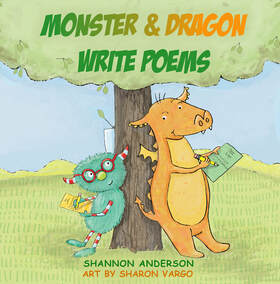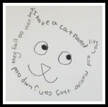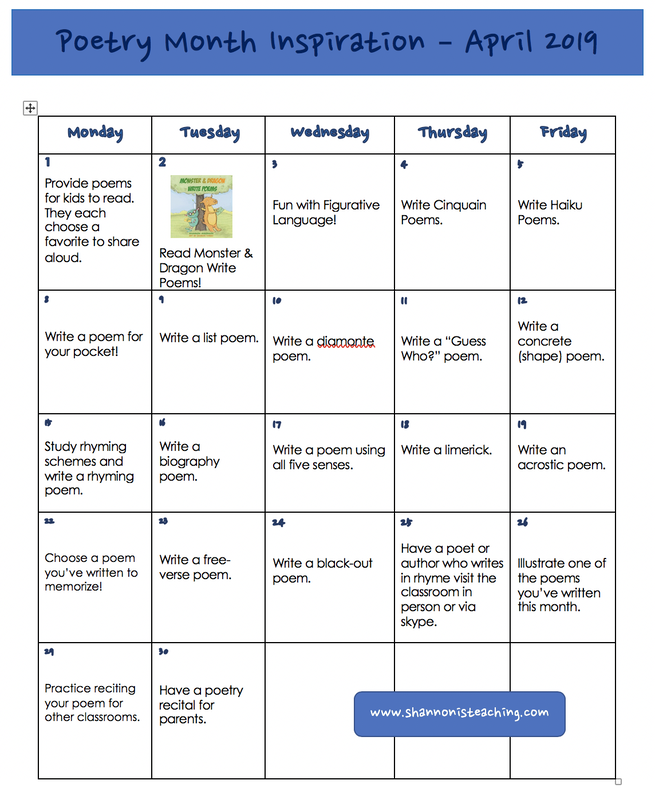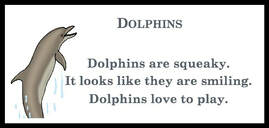 If you've ever heard me present at a writing/teaching conference, you know that I'd tell you how important it is to do creative writing and poetry throughout the year, not just National Poetry Month. However, most schools do an extra poetry push in April. (Especially since this is in the midst or at the end of standardized testing season and the kids enjoy playing with words and exploring fun forms of writing.) Naturally, since I wrote Monster & Dragon Write Poems to celebrate and promote poetry, I kick off any poetry writing in my classroom, in my poetry clubs, or my poetry workshops with this book. Monster and Dragon love to write poems and when they enter a poetry contest, they are each in it to win it. The inspiring part for kids is seeing the various types of poetry the creatures explore as they prepare for the big contest. They can't wait to try them all out themselves. Many kids think of poetry as sing-song, rhyming, short text. That's why I love to reveal some of the other forms out there that play with words in different ways. Imposing a structure, such as a certain number or words or syllables for each line, causes kids to have to get creative with their ideas and word choices. I share some of these formats and how to do each form in the back of the book. You can order your copy here and get it to use the first week of April to kick things off with your class! One example of non-rhyming poetry is a haiku poem. It's a Japanese form of poetry that uses 5 syllables in the first line, 7 syllables in the second line, and 5 syllables in the last line. These types of poems are typically about something found in nature, but don't have to be. Here is a sample of a haiku from a second grade student. Students will eventually want to work on and read plenty of rhyming poetry too. I like to introduce this by showing many examples of rhyming schemes used in various poems. Many kids have never considered the fact that there is an intentional effort made to have certain lines rhyme. Once this is revealed, kids love to try it themselves. 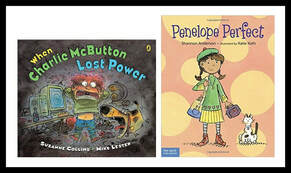 The first story in our third grade reading series is, When Charlie McButton Lost Power. This story is written in narrative rhyme. We dissect the first stanzas to discover that Suzanne Collins used the AABB pattern throughout. I then read my book, Penelope Perfect. In this book, I used the ABCB pattern. It's a great exercise to allow students to discover the patterns and try to write their own. (Both of these books happen to share the same turning point in the story as well- a thunderstorm that knocks out the power in their homes, causing panic and worry.) Some schools do a PIG week, Poetry is Great Week, sometime during April, rather than the whole month. If you do choose to do the whole month, here is an example of things you could try on a daily basis to celebrate and explore poetry. If you want more ways to inspire young writers in your classroom, you can subscribe to my monthly newsletter. It is free and I send it out the first Friday of each month.
I'd love to hear any of the ideas you use in your classroom for Poetry Month! Please comment below! You can also follow me on Twitter @shannonteaches or Facebook. |
Archives
October 2022
Categories |
